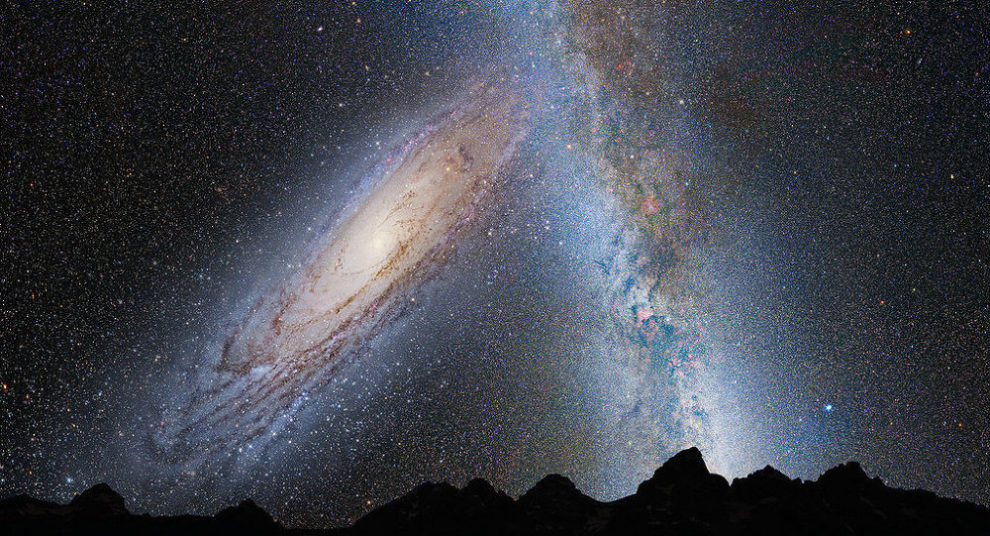Scrutinizing the background glow of light from space in different parts of the electromagnetic spectrum, NASA researchers have found that dark matter could be made up of ancient black holes, possibly changing existing theories of the evolution of the universe.

Primordial black holes, forming in the first seconds after the Big Bang due to the radiation of sound waves throughout the universe, are an excellent explanation for cosmic ripples in the space-time continuum, Alexander Kashlinsky, an astronomer at the NASA Goddard Space Flight Center in Maryland, suggested in a scientific paper published in The Astrophysical Journal Letters.On September 14, 2015, the Laser Interferometer Gravitational-Wave Observatory, or LIGO, provided proof of the existence of gravitational waves, those cosmic ripples in the fabric of spacetime produced by the collision of black holes.
Simeon Bird, an astronomer at Johns Hopkins University, suggested that the two black holes posited by LIGO could be primordial.
Picking up that concept and developing it, Kashlinsky designed an alternative version to the accepted theory of the evolution of our universe.
Kashlinsky suggests that, for a period of some 500 million years following the emergence of the universe, dark matter collapsed into clumps, known as halos, which shaped gravitational seeds that led to the accumulation of matter, and subsequently to the formation of the first stars which, in turn, coalesced into galaxies. If dark matter is indeed a result of the primordial black holes, the process would have made many halos.
That concept resonates well with two previous studies carried out by the researchers in previous years.

In 2005, they scrutinized the background infrared glow of the universe, to investigate the early post-Big Bang era, using NASA’s Spitzer Space Telescope. The millions or billions of years it takes for light to move through space from distant galaxies provides astronomers with an opportunity to see how celestial bodies looked in the distant past. After digitally removing the light of known galaxies, scientists discovered the background glow that illuminated the universe in its first years.In 2013, another study using NASA’s Chandra X-ray Observatory concluded that the cosmic X-ray background radiation largely coincided with ancient cosmic infrared background radiation discovered earlier. A black hole is the only celestial object known to produce light in both of those regions of the electromagnetic spectrum.
“It never crossed my mind at that time that these could be primordial black holes.”
According to Kashlinsky’s theory, the infrared glow came as the first stars formed in halos. The gas making up those stars then accreted into the primordial black holes, and heated to a point where it could cause X-rays. Though still seeking proof, Kashlinsky speculates that in this primordial black hole theory, “everything fits together remarkably well.”
http://sputniknews.com/art_living/20160614/1041278923/nasa-dark-matter.html















